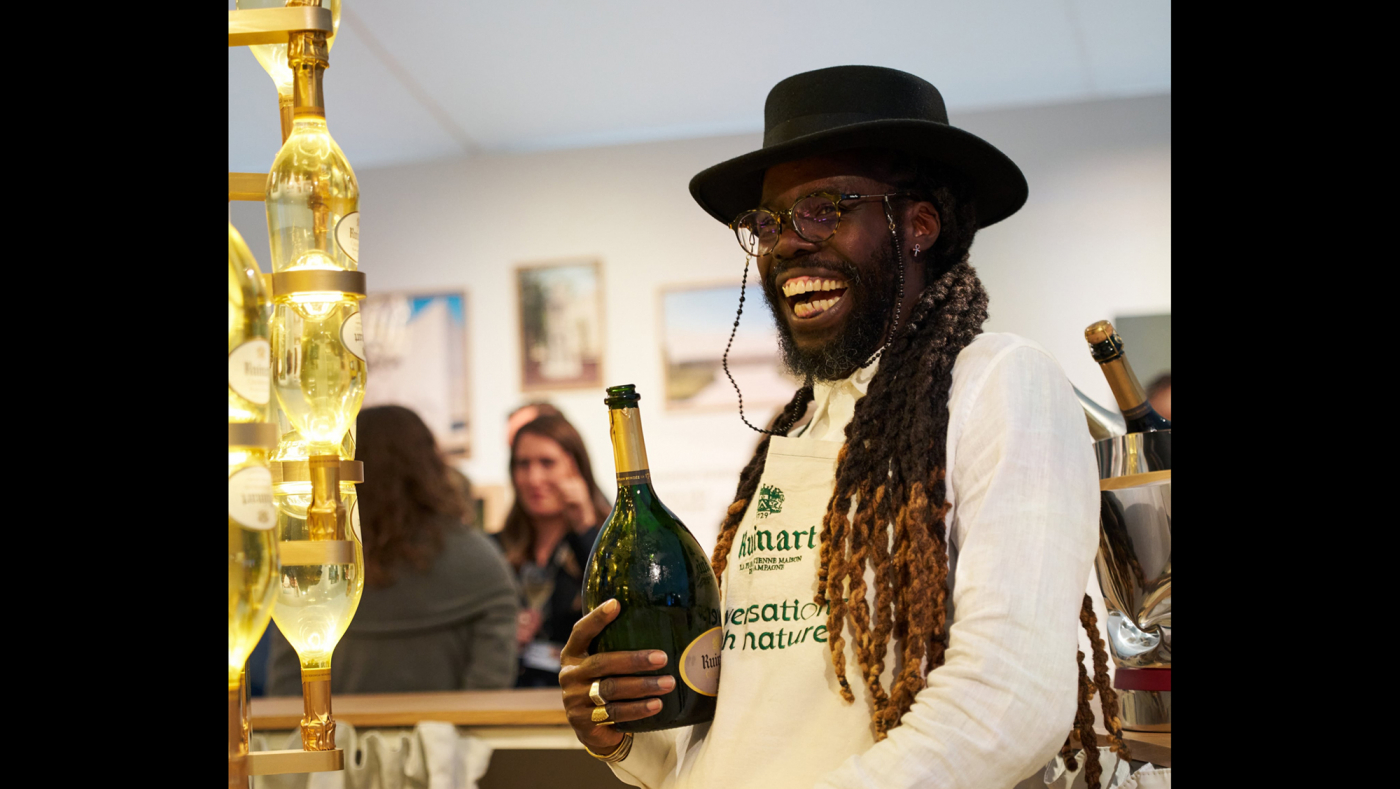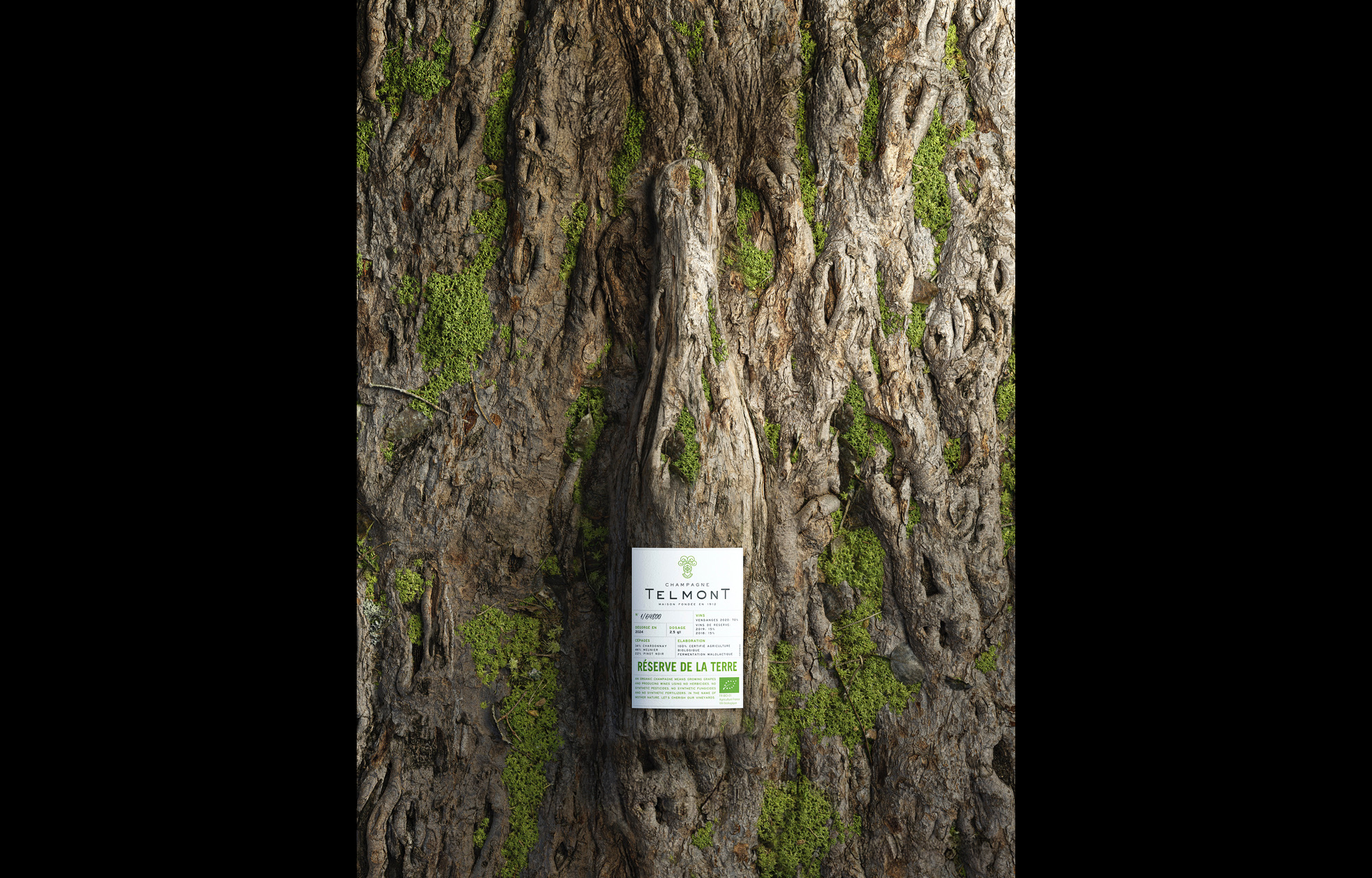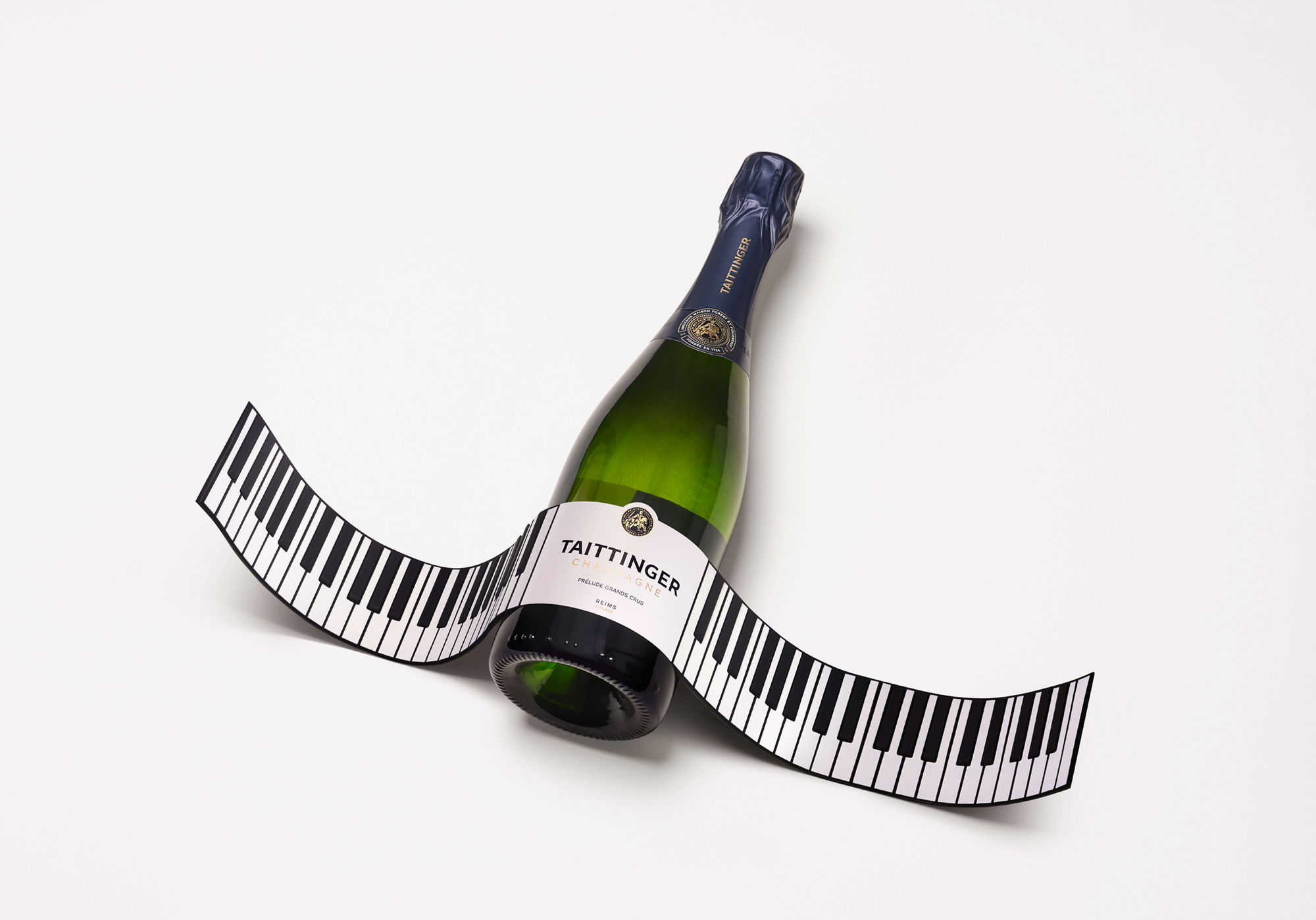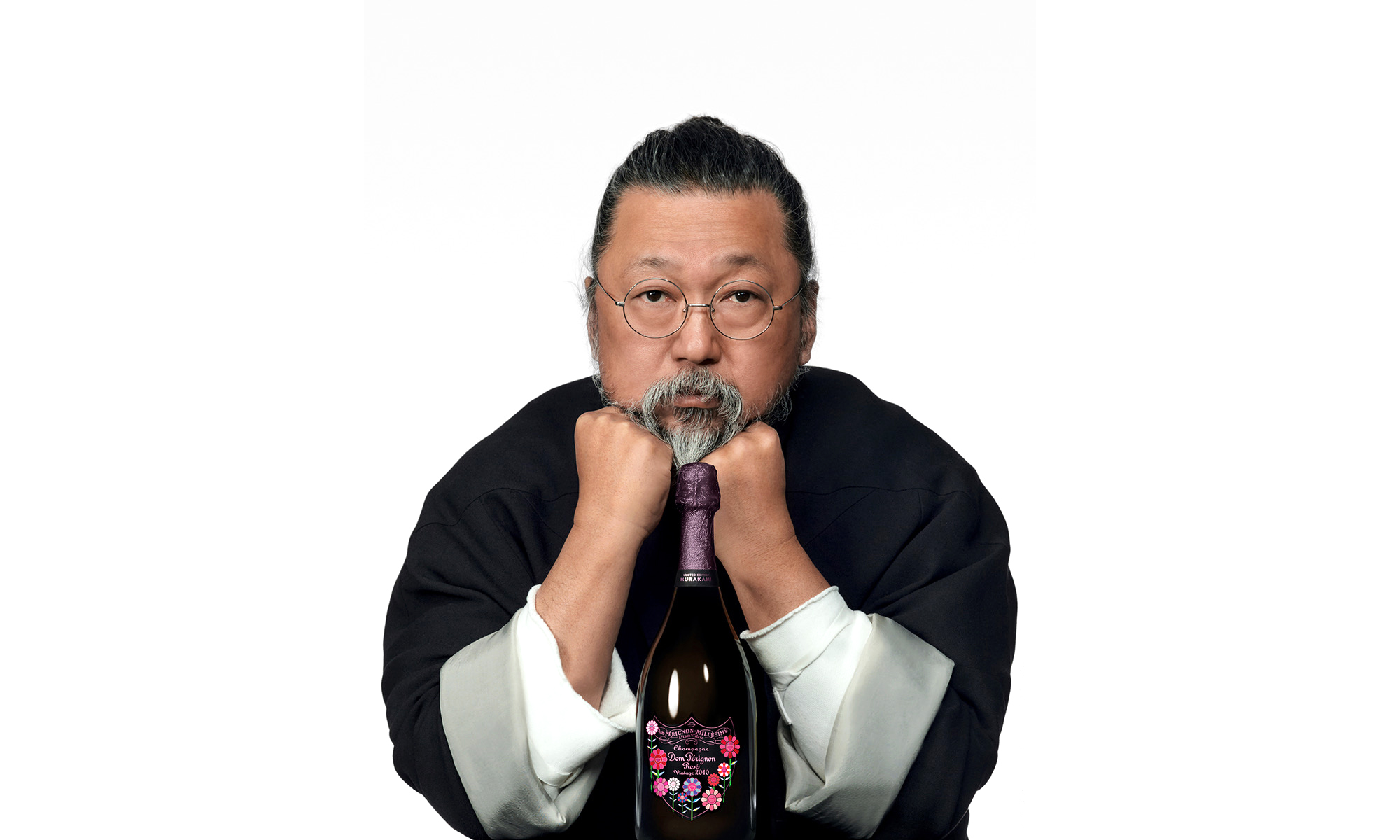
Effervesce Sense: Happy World Champagne Day
Karen Krizanovich raises a flute to all who celebrate, tasting her way through the heavy hitters – from Krug and Ruinart – to lesser known wonders

Karen Krizanovich raises a flute to all who celebrate, tasting her way through the heavy hitters – from Krug and Ruinart – to lesser known wonders

Ten years ago, UNESCO named the Champagne region a place of cultural importance but it was because of a Californian blogger that October 24th is World Champagne Day. Every day is a good enough reason for a glass, but Krug isn’t an everyday champagne. Established in 1843, owned and managed by LVMH with continuing family participation, you may know Krug at a banal level as the most expensive champagne on a menu. While everyone strives to make the best wine from their terroir, Krug ages its varieties for an average of 10 years (more than the legal requirement of three) and ferments in small 205 litre oak barrels. With over 120 wines available for any blend, Krug approaches champagne making like a conductor, with the orchestra as its grand cuvées and each vintage a soloist. It’s apposite that Krug associates with musicians and composers like Ryuichi Sakamoto and currently Max Richter, who has composed a trio of pieces around the characteristics of Krug Cellar Master Julie Cavil’s compositions.
Krug – the gold standard of champagne
Of Krugs tasted recently, the succulent deep fruit of Krug Grande Cuvée 169eme Édition (2013 harvest) stands out. Its recent rosés, created in 1976, shine on with the Krug Rosé 29eme Édition (2017) and the Krug Rosé 22eme Édition, each perfectly fresh, flinty and worthy of cellaring. If you’ve not experienced Krug before, the mighty savour of Krug 2011, 12 years on lees and a small 4.5 g/l dosage, is a bottle of such muscular woody depth even a first timer would enjoy it. The best is not for everyone: if you don’t have a palate for the extraordinary, Krug may not be for you just yet. But, as Krug Cellar Master Cavil says, “Tasting ability isn’t the most important quality; humility is. Our sense of taste is primal – we all have it… In Champagne, I learned that nothing is ever truly known. Practices change. You must stay humble and curious.”
It was the 76th Cannes Film Festival and after two long hot weeks on a jury, I thought certainly it was time for champagne. My heart sank when we were herded to a bland backroom of the Palais Du Festival for our awards ceremony so far from the red carpet. My heart rose again when I either had to cheer our winner Werner Herzog or steer to a newly popped bottle of Champagne Telmont pulled dripping from an icy steel tub. (I did both.)

Champagne Telmont
Although the festival’s official champagne partner, I did not expect Champagne Telmont to be so delicious – slightly too good for sweaty critics. Champagne Telmont takes organic sustainability seriously. At the 78th Cannes Film Festival, Champagne Telmont premiered its first lightweight 800g champagne bottle. Now, its first organic rosé cuvée, Telmont Réserve de la Terre Rosé, is another landmark. Blended of two vintages, with 45% from the challenging year 2021 and 55% from 2020, a case of this complex, vibrant rosé is a great addition to anyone’s cellar. Each of its green glass bottles is 87% recycled and only just over 5000 bottles were made.
As one of the last big family-owned independent houses, Taittinger’s high-Chardonnay style is beloved. But you must know about the Taittinger Prelude Grand Crus – 50% Chardonnay and 50% Pinot Noir focussing on minerality, crispness and surprising depth. With five years on the lees and a dosage of 9 g/l, it’s green apple, ripe citrus, flowers and wisps of cinnamon, going long into a swirl of white peach. Made from grapes found in the best Grand Cru Champagne villages, this is a magnificent bottle, available at a very reasonable price. Put your money where your nous is.

Taittinger Prelude
At a recent tasting hosted by Pieter Ferreira, chair of the Cap Classique Producers Association, it was clear that Cap Classique is a serious sparkling wine. Take the Double Gold Medal-winning Tokara Blanc de Blancs 2017. Having spent a remarkable 74 months on lees and this 100% Chardonnay has exceptional depth with notes of baked brioche, apples, a touch of citrus blossom and toasted almonds. Another wonder is La Bri wines’ superior Sauvage La Bri 2018. Spending 50 months on lees, this is 100% Chardonnay in a bone-dry style with wafts of golden toast and dried mushroom. And do not miss Pieter Ferreira Blanc de Blancs 2019, a mouth-watering bottle of 65 months on lees. It is so extremely close to an ideal champagne, you may very well fool yourself.
As the brand’s trademark message inside the foil says: “Celebrate What Matters”
Another for your list: Spier Wine Farm Prestige Cruvée Brut 2018 (72 months on lees) and Pieter Ferreira Brut Rose 2017 (73 months on lees). Kleine Zalze Brut NV – 15 months on lees and only 11.5% alcohol – a dry delicious Chardonnay Pinot Noir blend. Pongracz Brut (15 months on lees) and Steenberg Vineyards 1682 Chardonnay NV (24 months on lees with a dosage of 6.7 g/l) also deserve attention. Finally, Graham Beck Cuvée Clive 2019 (60 months on lees) is a brilliant young beauty smelling of white peach, fresh pears, green apples and lemon with flavours of toasted nuts, brioche and spice as it opens. With a long finish, it is one of the best Graham Becks to buy. As the brand’s trademark message inside the foil says: “Celebrate What Matters”.

Takashi Murakami x Dom Perignon
Champagne should always be fun. Dom Pérignon has two new cheerful arty bottles and gift boxes designed by Takashi Murakami for limited editions of Dom Pérignon Vintage 2015 and Dom Pérignon Rosé Vintage 2010. Bollinger, readying for the next Bond movie, has launched a new Special Cuvée 007 Limited Edition celebrating over 45 Years as the Official Champagne of James Bond and also married Aston Martin. “I take you as my Official Automotive Partner, will you take me as your Official Champagne?” Not their real vows but finally they’ve finally made their automatic association official.
If it’s autumn, it is Frieze London. For many this means a lot of art in Regent’s Park, for me it’s about making a beeline to the Ruinart Art Bar. Tucked inside the custom-built Frieze London marquee, I can’t take in all that heaving creativity until I reach that cool champagne oasis. The Ruinart Art Bar is the place to close a deal, chat with friends and people watch. (That’s much adored Tawa Tanye serving at the top of the page for Opus 11, shot by Danny J. Peace). Whether it’s a glass of R de Ruinart, Ruinart Rosé, Ruinart Blanc de Blancs, Blanc Singulier Edition 19 or a bottle of the exquisite Dom Ruinart Blanc de Blancs – citrus, fruity spice and long peppery notes – that’s art in a glass. C